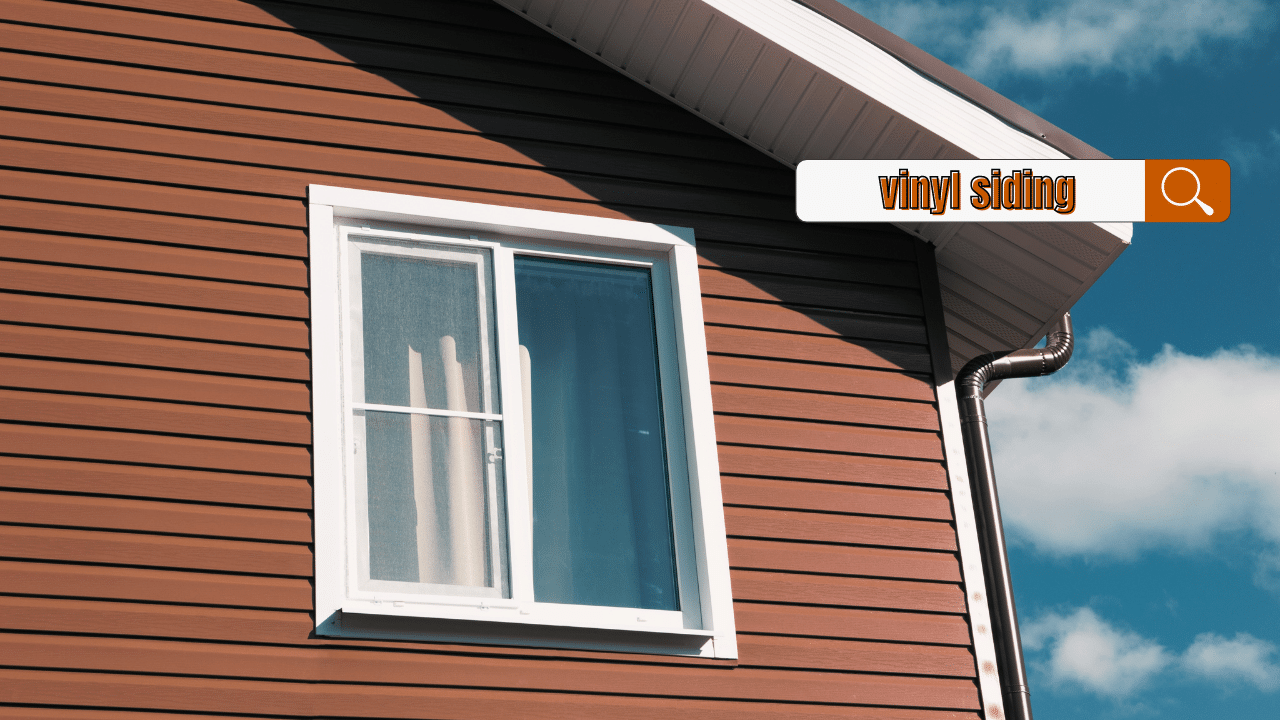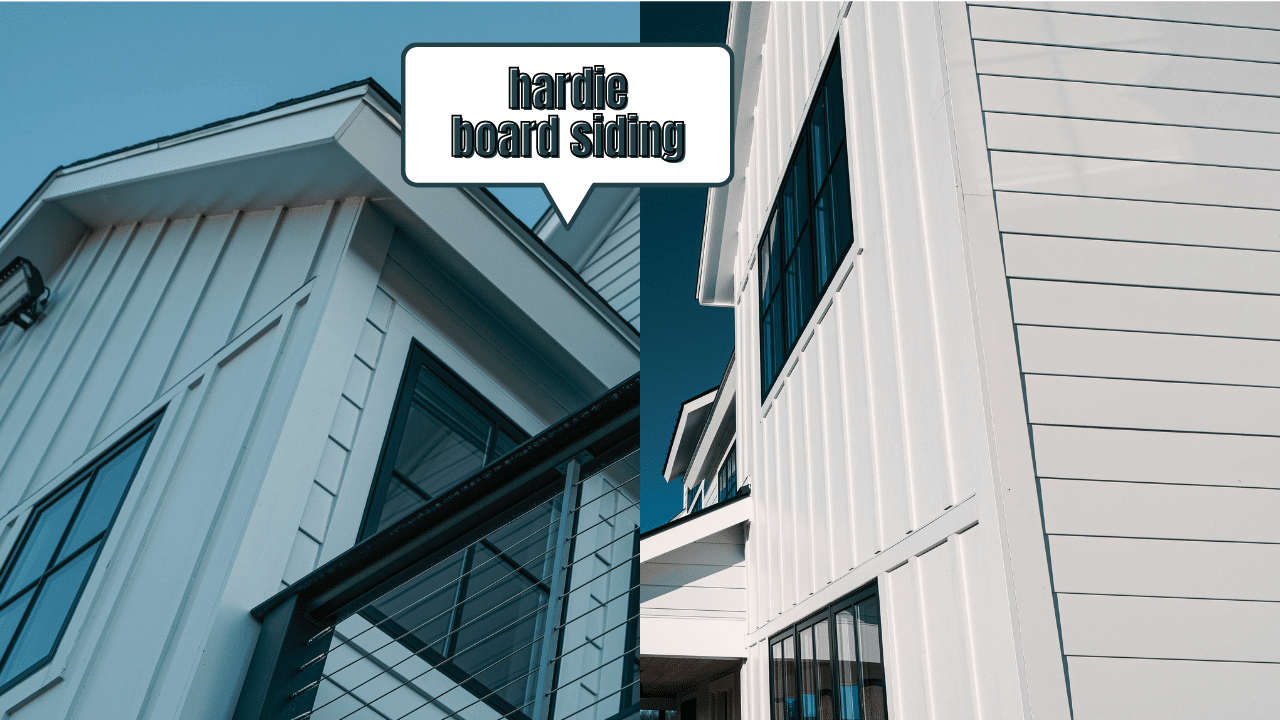One important thing in choosing the suitable siding material for your home is striking a balance between appearance and cost. The same applies in determining between vinyl siding vs. a Hardie board.
On average, vinyl siding installation costs about $11,500 ($3.5 to $12 per square foot). Meanwhile, you’re looking at spending $20,000 for a Hardie board siding installation ($10 to $32 per board).
Choosing the suitable siding material will drastically improve your home’s curb appeal. Not to mention, it will also add more protection from elements and even reduce the street noise.
Vinyl Siding Average Costs
Installing vinyl siding at home costs $11,500 on average. Most homeowners may pay anywhere between the $7,000 and $18,000 range. This boils down to $3.5 to $11 per square foot.
Meanwhile, low-end vinyl siding projects may cost you $5,000. Extensive projects, in contrast, may hike the total costs up to $24,000 (or more).
Benefits of Vinyl Siding
Here’s a quick rundown of the advantages you can consider in choosing vinyl siding for your home.
Cost-effective price point. Vinyl siding has a relatively cheaper price point than other materials, so it’s a favorite choice of many homeowners. This makes for a great option if you work with a limited budget.
Low maintenance. In terms of painting the siding material, you can count on vinyl siding’s long-lasting color as it doesn’t need to be repainted frequently. Additionally, vinyl is remarkably more durable than wood siding. Wood siding will also need regular repainting, which can be a real hassle on your end.
Highly durable. Given proper upkeep, vinyl siding can last for 20 to 40 years. The material is not susceptible to moisture damage or pest infestation (unlike wood siding), making it highly durable.
Available in a wide variety of styles. Vinyl siding is available in different color varieties, depending on your preference. You can also choose between horizontal or vertical panels if you want a more customized look for your home’s aesthetic.
Drawbacks of Vinyl Siding
Of course, vinyl siding also has its disadvantages, just like other materials. Here are some of them:
In cold regions, vinyl siding may be prone to cracks
The material can be easily dented with a simple flick of a rock.
Vinyl is treated with fire-retardant, but it will only slow the spread of fire on the material.
Hardie Board Siding Average Costs
Hardie board siding costs start from $10 to $32 per board. This will depend on the size and thickness of your chosen material.
Installation costs will fluctuate based on the design and total size of your home, labor costs, removal of the old siding, and the project's scope.
12 MODERN CURB APPEAL IDEAS
Benefits of Hardie Board Siding
Like vinyl, Hardie boards are available in different color and style options. It's also highly durable and is covered with a generous warranty.
The Hardie board (or fiber cement siding) has been fine-tuned over the years. The material is composed of cement, natural cellulose, and sand– making it a green option. James Hardie siding is found in more than 8 million homes. It is increasingly getting more popular thanks to its impressive durability and strength.
Here are some other benefits to expect in this siding material:
Improves your home’s curb appeal: Simply put, Hardie board siding offers an eye-catching curb appeal. This will drastically boost your home’s resale value. Given that the material is thick, it can easily mimic the look of wood. However, it will last longer than wood siding and is not prone to moisture damage.
Express your creative style: Hardie board is available in several different styles, giving you the freedom to use customizable design elements for your home. In general, it is available in two types: (1) Pre-painted color options (non-fading), and (2) Primed and ready to paint (for unique paint color choices). You can further personalize your humble abode with the following Hardie board siding options.
HardiePlank Lap Siding offers a classy, timeless look without compromising durability.
HardiePanel Vertical Siding makes for the perfect choice for contemporary homes. The material has clean, sharp lines that mark the modern feel of vertical siding. It also makes for a great addition to farmhouse-style homes. Choose
HardieShingle Siding if you are a big fan of the look of authentic cedar shingles, this is a great option to consider. It is also highly durable, making it resistant to curling, rotting, or warping. Choose this material for cottage-style homes.
Easy maintenance. Since Hardie board siding is fade-resistant, you won’t need to repaint the material soon. It can also be cleaned easily by a simple rinsing at least twice a year. Purchase a non-abrasive brush if you’re dealing with stubborn dirt and stains. It would be best to avoid power washing the material, as it may only lead to damage.
Impressive material durability. Since Hardie boards are engineered to last, you can count on them to last you for long years. It can withstand even the most extreme weather conditions. In contrast to vinyl siding’s vulnerability to denting from foreign debris, Hardie board siding will effectively resist any damage. This includes any potential damage from fire, insects/pests, moisture, and weather.
Drawbacks of Hardie Board Siding
The primary back of fiber cement siding is its high upfront costs. But, you can depend on this material to pay off in the long run– with its beauty and incredible durability.
Not to mention, Hardie board sidings are also covered with hefty warranties for that added peace of mind.
Vinyl Siding vs. Hardie Board: Comparison
Siding Thickness: For your reference, HardiePlank is thicker than standard vinyl siding material. It has an average thickness of 5/16- and 1/4-inch. Meanwhile, vinyl is thinner at 0.040 to .046 inches thickness.
Combustibility: It isn't easy to burn since a HardiePlank is composed of cement content. The brand claims all of its fiber-cement products aren't explosive or flammable. In contrast, vinyl siding is most likely damaged by fire and extreme heat conditions. The material is treated with fire retardant, but it will only slow down fire spread.
Texture: HardiePlank is thicker than vinyl siding, so it offers a deeper texture. Vinyl siding is commonly too thin to allow for deep textures.
Cost: Generally, vinyl siding is cheaper than fiber-cement siding in material and labor costs. Most contractors can also install the material faster. HardiePlank may offer more bang for your buck if you consider your home's resale value.
Durability: You can count on the durability of both HardiePlank and vinyl siding to surpass cedar shake and wood lap siding. Both materials aren't prone to insects, such as carpenter ants and termites. This is a stark comparison to wood siding materials that may be prone to infestation and rotting. You will only need to watch potential vinyl siding damage, given the harsh impact of foreign things. Freezing temperatures and extreme heat may also cause it to crack or warp. However, vinyl siding material is more flexible than Hardie board (fiber cement). It may bend without even breaking.
Final Thoughts
Ultimately, an excellent way to protect the exterior of your home is to choose the suitable siding material for your needs. Aside from the improved protection, a new siding will also drastically improve its curb appeal.
If you're considering selling your home down the line, choose the right siding that will be a better investment!
Related articles:
2022 Pricing Guide: How Much Does Vinyl Siding Cost Per Square Foot?
Vinyl Siding Cost And Consumer Guide



